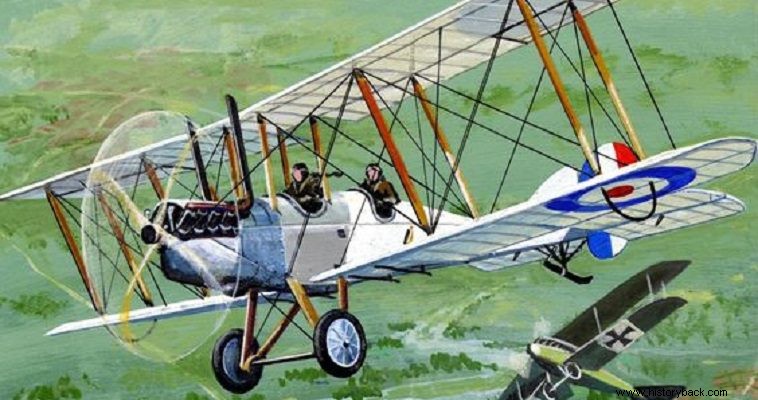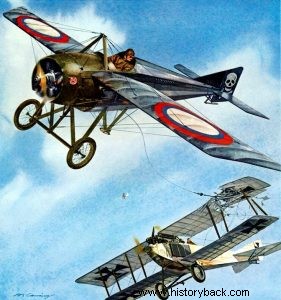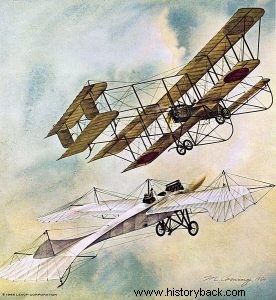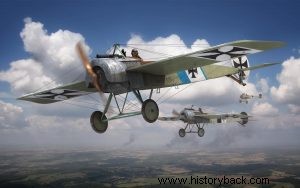
By the late 1910s all European powers and the US had begun building air forces. In this development, Europe won the primacy, despite the fact that the Americans were the ones who first integrated the airplane into their armed forces.
From the moment the military leaders of the European powers decided to integrate, albeit with a cold heart it is true, the airplane into their armed forces, the developments were rapid and uncontrolled by them.
The year 1912 was a landmark year for the small aviation of the time. Between October and December of this year the air forces of Italy and Greece were the first to use the new weapon in combat operations – reconnaissance and light bombing.
The value of the airplane, as a means of observing enemy movements at least, was recognized. So when World War I broke out two years later, all the air forces of the warring parties had single-seat "reconnaissance" (reconnaissance) aircraft, but also two-seat military cooperation aircraft - for pointing out targets to the artillery . The "reconnaissance" were the ancestors of the fighters, since then laying the foundations of air combat.
When the war broke out Germany had 258 aircraft. France had 156 and Britain 63. Right from the start the still small air forces of the belligerents of the Western, but also of the Eastern front, undertook combat service .
But immediately another problem arose, that of friendly fire ! Until then, aircraft did not carry distinctive emblems. But they were forced to adopt them so that the aircraft could be identified by friendly ground units.
From the beginning, however, the value of the aircraft as a means of recognition was evident . On the other hand, the inability of friendly aircraft to prevent enemy aircraft from carrying out their own reconnaissance missions was also seen.
The first warplanes did not carry weapons. Their operators, or their observers, carried their individual weapons - pistols and rifles - with them on combat missions. Under these conditions, on August 25, 1914, the first air battle took place , which ended up being taken down enemy aircraft.
That morning three British BE2s (two-seat reconnaissance) chased a two-seat German aircraft, which they forced to land on the British lines. A few days later, the first regular bombardments took place on the Western Front , when British aircraft dispersed a phalanx of German cavalry, using grenades .
But the irritating lack of armament did not yet allow the aircraft to show its worth. Many operators, the most honorable ones, could not bear the fact that they could not do the slightest thing to intercept enemy reconnaissance, which indicated targets for their artillery.
Soon, however, everything would change. The chaser was at the gates.

Russian pilot Alexander Kazakov shoots down a German reconnaissance aircraft with...anchor.

German and Japanese reconnaissance "air combat" in China... in 1914.

Fokker Eindecker the first real fighter in history.
